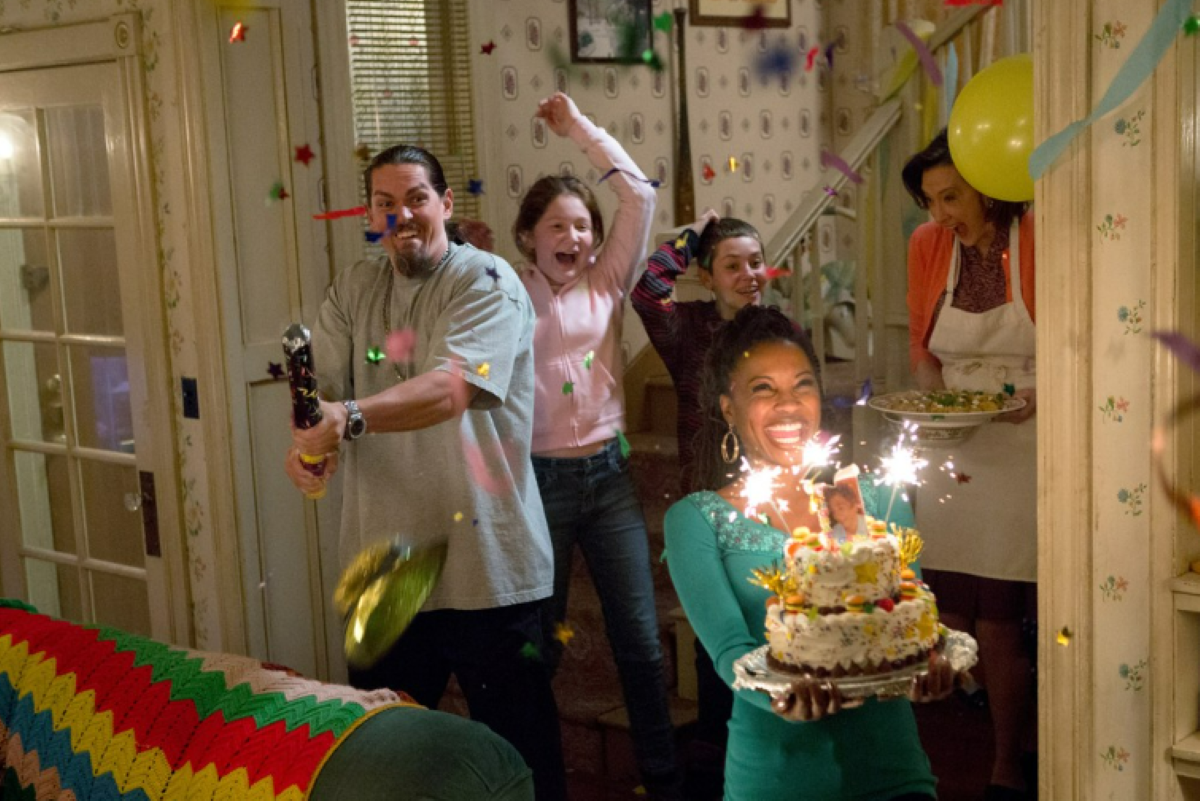Amid a tsunami of Jane Austen-based books, “Pride and Prejudice and Zombies” has a unique twist: romance novel and horror flick.
Most people are aware of the original “Pride and Prejudice” either through school reading lists or recent movies. It is a classic tale of the English class, good breeding and husband-hunting centering on the Bennet family of five daughters: Jane, Elizabeth, Kitty, Mary and Lydia.
Fewer people may be aficionados of the zombie genre. A zombie is an animated corpse. Here, zombies are ravenous brain-munching, rotting “Unmentionables” that travel in packs, attack coaches, milkmaids, kitchen staffs and the occasional aristocratic ballroom.
“A few of the guests, who had the misfortune of being too near the windows, were seized and feasted on at once. When Elizabeth stood, she saw Mrs. Long struggle to free herself as two female dreadfuls bit into her head, cracking her skull like a walnut, and sending a shower of dark blood spurting as high as the chandeliers.”
Television writer Seth Grahame-Smith has invented a plague that creates the zombies. Infected humans die slowly and messily, then reanimate as a corpse. To dispose of them, you slice, dice, blow apart, behead or any combination of such. The remains are then burned.
In the original novel, the mother of the Bennet girls has only one goal: to have them suitably married. In “Zombies,” the goal is to have them slay zombies, along with getting married. Taught to fight in China by Shaolin monks, the family returns to England to settle in the bucolic, zombie-ridden countryside.
Their suitors include the snobby Mr. Darcy, whose idea of an accomplished woman is one who has “a thorough knowledge of music, singing, drawing, dancing and the modern languages; she must be well trained in the fighting styles of the Kyoto masters and the modern tactics and weaponry of Europe.”
Conflicts arise not over class (as in the original) but over classes, Darcy and his aristocratic aunt, Lady Catherine de Bourgh, a champion English zombie killer, prefer fighters trained in the Japanese tradition. This conflict provides the backdrop for the spectacular fight scene between Elizabeth (China trained) and Lady Catherine (Kyoto trained.)
As for the secondary characters, if you disliked the stolid Mr. Collins or the seductive Mr. Wickham in the original, you may enjoy what happens to them in “Zombies.” One ends up hanging from a tree, the other preaching in asylums.
Included at the end is a Readers Discussion guide that asks “Can you imagine what this novel might be like without the violent zombie mayhem?”
Something like “Pride and Prejudice.”
– Tish Wells
(MCT)





